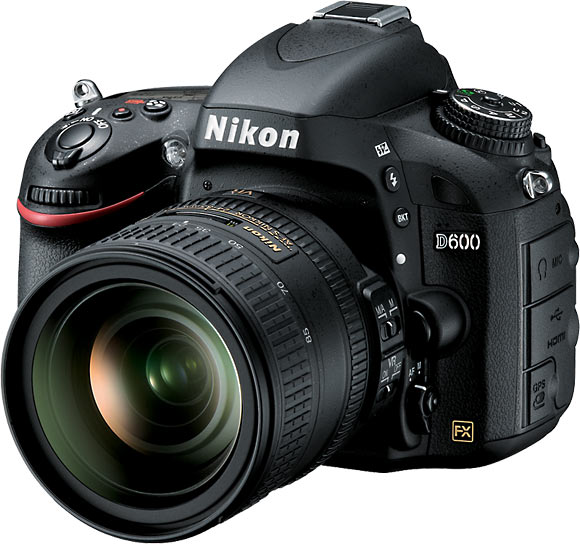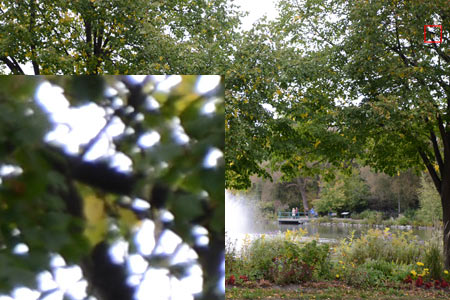Review Date: October 8, 2012
Category: Serious to Advanced

Photoxels Gold Award – DSLR
IMAGE QUALITY
The Nikon D600 is a traditional-mirrored DSLR with a full-frame image sensor. It is targeted to serious and advanced photographers. It has 24.3MP resolution on a full-frame FX-format CMOS sensor (35.9mm x 24.0mm) and accepts all Nikkor F-mount lenses (with more than 70 NIKKOR AF and AF-S fully compatible lenses).
The Nikon D600 has excellent image quality including very good low-light performance at ISO 100 with good detail preserved. Image quality is excellent up to ISO 800, and ISO 1600-3200 are very usable; at higher ISOs, images suffer from noise and loss of detail.
| Nikkor 24-85mm 3.5x Optical Zoom |
|
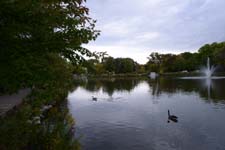 |
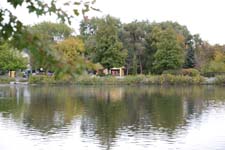 |
| Wide-angle 24mm | Telephoto 85mm |
One of the many advantages of a DSLR is the ability to use interchangeable lenses suited to specific jobs. For the review, I received the AF-S NIKKOR 24–85mm f/3.5-4.5G ED VR 3.5x optical zoom kit lens with 7 diaphragm blades, minimum apertures of f/22-29, and which accepts 72mm diameter filters. In the above pictures, we show the coverage for 24mm then 85mm.
The Nikon D600 has full exposure flexibility with PASM modes, and Program Shift.
The camera also provides exposure compensation (with Auto Bracketing) and Custom (Manual) White Balance. A Histogram can be displayed in Playback but not in Live mode.
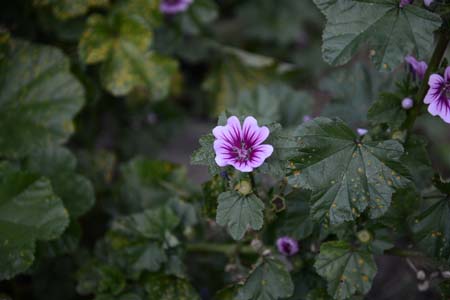
Macro
The actual macro capability is a function of the lens you use. The 24-85mm kit lens (US $599.95) allows you to focus as close as 0.38m (1.25 ft.).
In Live View mode, the AF Frame can be manually moved to anywhere on the screen, even to the very edges, by simply using the Directional Keys. Press OK and the AF Frame jumps back to the middle of the screen. AF is very fast in good light, takes about 1 sec. in low light (whether using the Phase-detect or Contrast-detection). In extreme low-light, the AF struggles to lock focus even with the help of the AF-assist illuminator.
There are four metering modes: Matrix, Center-weighted, Center-Weighted Average and Spot (on selected focus point).
| Auto White Balance Indoors | |
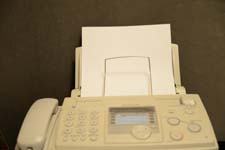 |
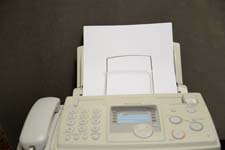 |
| AWB | Custom WB |
As the above two pictures show, the Auto White Balance (AWB) is not quite accurate indoors under artificial lighting [I have two energy-saving fluorescent light bulbs on the ceiling]. The Nikon D600 allows WB to be set manually and this brings out the real colors. AWB works very well in natural light.
| ISO Comparisons | |
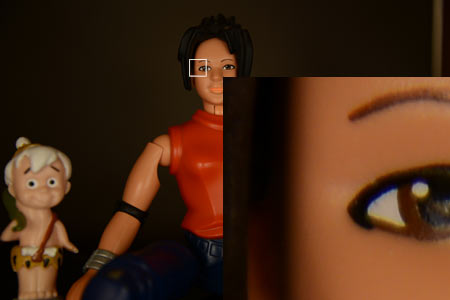 |
|
| ISO 100 | |
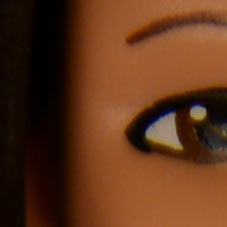 |
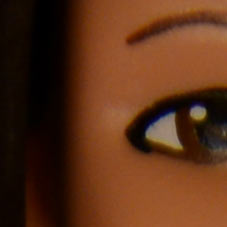 |
| ISO 200 | ISO 400 |
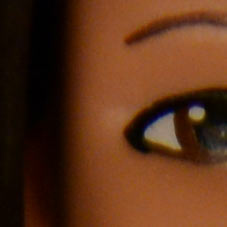 |
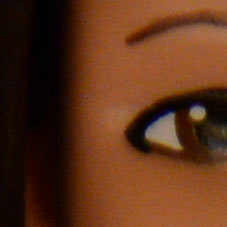 |
| ISO 800 | ISO 1600 |
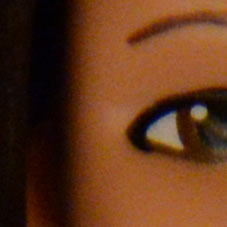 |
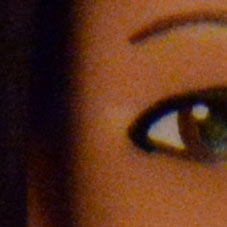 |
| ISO 3200 | ISO 6400 |
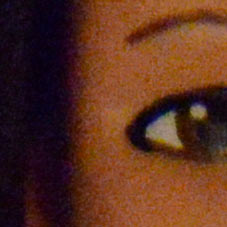 |
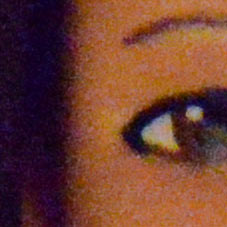 |
| 1EV above ISO 6400 | 2EV above ISO 6400 |
The Nikon D600 has 13 or 19 ISO settings, depending on whether you choose 1/2 EV or 1/3 EV ISO steps in Custom Menu [Menu – Custom Menu – Metering/exposure – ISO sensitivity step value] going from ISO 100 to ISO 6400, plus extended down to ISO 50 and up by 0.3 EV to 2 EVs above ISO 6400. The 100% crops above (area delimited by the white square) demonstrate the noise at the available ISO Speeds (in 1 EV ISO steps). At ISO 100 to 800, noise is under control. Noise starts to be slightly visible at ISO 1600 but is still very acceptable up to ISO 3200. Noise (with progressively higher detail loss) is quite visible at higher ISOs. Shoot in RAW and apply a good noise reduction program and you should be able to shoot up to ISO 6400. Overall, excellent noise handling.
CA is not much of a problem, even in high contrast shots, using the 24-85mm kit lens. We had to look very hard to find anything remotely worthy of showing. The corner delimited by the red square at top right, and reproduced at 100% crop at bottom left, shows some purple fringing at very high contrast.
, Custom WB, Self-timer 5 sec,, Tripod Used”]![Long Exposure - 85mm, Shutter-priority, Spot, 30 sec., F8, ISO Auto [100], Custom WB, Self-timer 5 sec,, Tripod Used](/images/Nikon/d600/image%20samples/DSC_0334_LE.jpg)
Our Long Shutter Speed test is a torture test for digital cameras. Here we test whether (and how well) a camera can lock focus, provide accurate WB and obtain a correct exposure in extreme low light situations. We had surprisingly a bit of a hard time acquiring focus whether using the phase-detection or contrast-detect AF. We tried manual focus, eventually narrowing the AF frame and switching metering to Spot right on the eye to avoid rendering the black background grey.
The Nikon D600 allows the use of a long shutter speed of up to 30 sec. in all the PASM modes, therefore allowing nice night photography. Generally, with image sensors, noise usually becomes more prominent at slow shutter speeds. To test this noise reduction algorithm, I take an extreme low-light indoors shot. I experiment a bit to obtain the optimum exposure, eventually settling on 30 sec. at F8. With Long Exposure NR turned ON, we expected a smooth black background but instead Nikon D600’s noise reduction seems to have rendered the jet black background just a shade lighter.
Overall, the Nikon D600 has excellent image quality including very good low light capability at high ISOs, making it an easy choice for someone who desires a traditional-mirrored full-frame DSLR.
View the Nikon D600 Photo Gallery [In the Photo Gallery, click on the picture of the camera to return here.]
Next: Nikon D600 Handling & Feel


